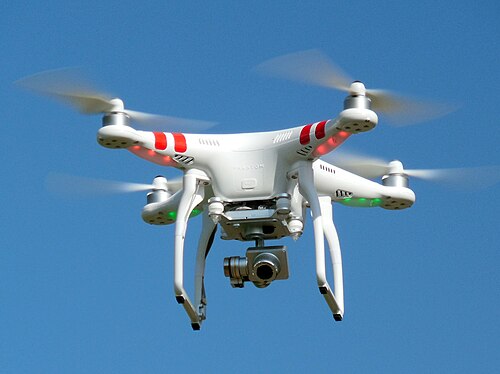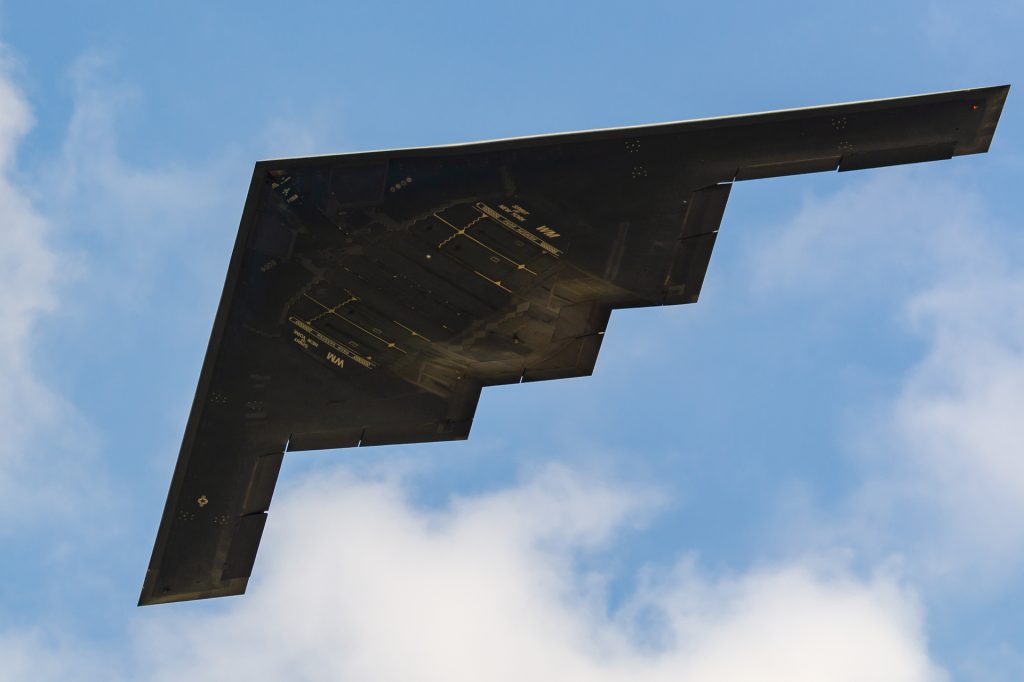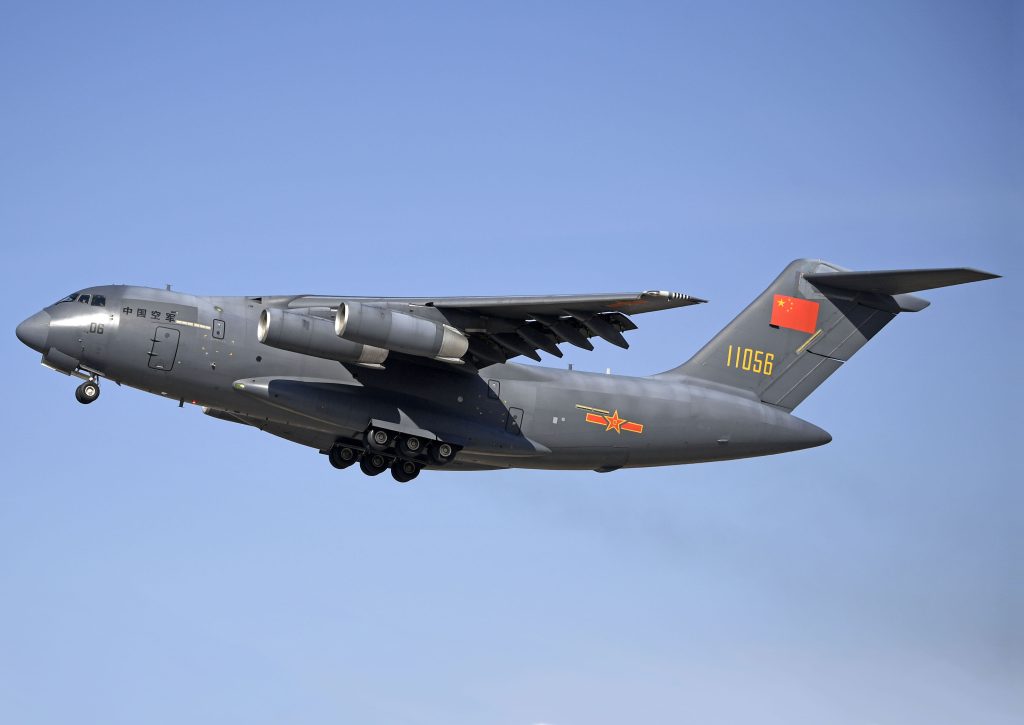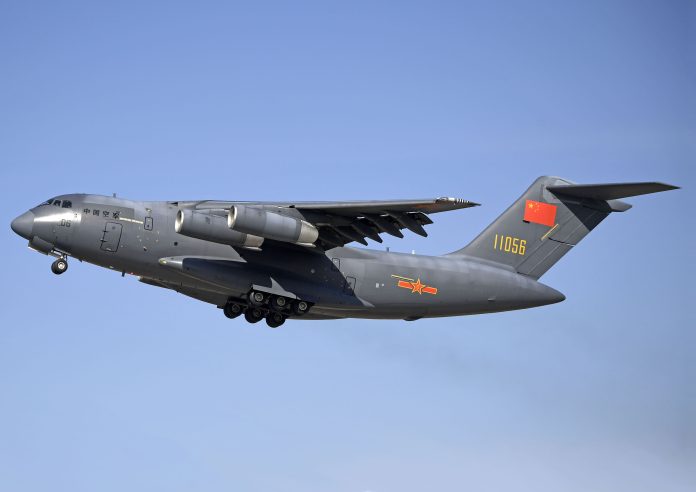
Will China’s next-generation stealth bomber truly threaten U.S. bases across the Pacific-or is it still years away from operational reality? Despite bold claims from Beijing, the H-20 program has repeatedly missed rumored debut dates, with credible timelines now slipping well into the 2030s. For defense watchers, the gap between propaganda and production is telling.
The promise of the H-20 is clear: a flying-wing, low-observable platform with intercontinental reach completing China’s nuclear triad and shifting regional strike dynamics. But building such a bomber is not simply a function of airframe design; it requires mastery over engines, coatings, mission systems, and training pipelines on a scale China has never attempted. Each unresolved bottleneck buys time for U.S. and allied planners to adapt.

1. Stealth Coatings on a Bomber-Scale Airframe
RAM is at the core of the H-20’s survivability, but scaling it to a large flying-wing bomber has proved far more difficult than coating a fighter. The U.S. learned this on the B-2, where low observability required painstaking upkeep in climate-controlled shelters. Chinese engineers face similar challenges: producing RAM that can survive pressurization cycles, precipitation, and fuel spills without degrading.
A U.S. intelligence official told Defense One in April 2024, “They’ve run into a lot of engineering design challenges… how do you actually make that system capability function in a similar way to a B-2 or B-21.” Without coatings that retain their properties over time, the H-20 risks becoming a stealth bomber in name only.

2. Engine Technology Lag
Its fighter engines, like the WS-15 designed for the J-20, are improvements but not suitable for a long-range bomber. A high-bypass derivative of the WS-20 would provide efficiency but possibly not enough thrust and acceleration to eventually take a ten-ton payload across the Pacific.
Stopgap options, such as the D-30KP turbofan fitted to the H-6K, are unsuited to stealth applications. The engineering challenge is twofold: balancing fuel economy with signature control and assuring reliability over intercontinental missions. Until a purpose-built bomber engine materializes, range and payload ambitions will remain theoretical.

3. Competing Aerospace Priorities
Consequently, China’s aerospace sector is stretched to its limits: the production line for the J-20 requires continued output; the J-35 is in development; and sixth-generation fighters, like the J-36 and J-50, are next. Add an extensive drone program to this, along with the manufacture of missiles, and the H-20 is vying for resources, talent, and funding.
That multi-front push risks slowing bomber development, as engineers and production capacity are diverted to platforms with nearer-term strategic impact.

4. Gaps in Workforce and Expertise
Building a stealth bomber requires a specialized cadre of designers, engineers, and maintainers-skills China has not yet cultivated at scale. While H-6 crews have gained over-water experience, translating that into low-observable mission tradecraft demands a new syllabus, extensive simulator time, and repeated large-force exercises.
The PLAAF also needs to train maintainers who can restore the stealth signatures between sorties. This will require tapping into some of the service’s best technicians, which might have ripple effects on other aviation units.

5. Manufacturing Complexity
Large stealth bombers require very precise manufacturing. Composite materials must be handled with exacting care, and the surfaces of the fuselage must be seamless to avoid radar reflections. Flying wings are inherently unstable, requiring advanced fly-by-wire systems and software capable of minute in-flight adjustments.
Manufacturing will require much custom tooling, most of it yet to be developed. These factors make scaling from prototype to squadron service a very slow process, even for China’s prolific defense industry.

6. Aerodynamic Design Uncertainty
There has been continuing debate over whether the H-20 will be a tailless flying wing like the B-2 or whether it would have a vertical tail fin for stability. Tail fins are helpful for directional control but compromise stealth; the B-2 uses automated speed brake adjustments as compensation. Chinese designers will have to make their choice between aerodynamic stability and the minimization of radar signature, a choice that will delineate the operational profile of the bomber.
Speculation also surrounds payload and range, with various reports suggesting 15,000 kilometers and more than 25 tons, while others point to smaller payloads optimized for endurance.

7. Mission-System Integration
The effectiveness of a stealth bomber is dependent on mission systems such as navigation under emissions control, passive threat detection, secure communications, and real-time route adjustments. These systems must work in unison to penetrate modern integrated air defenses. China’s current mission fusion capabilities are unproven at bomber scale. Expect iterative block upgrades as the PLAAF closes gaps in software, sensor integration, and electronic warfare.

8. Tanker and Logistics Backbone
Deep-strike missions require assured aerial refueling. China’s tanker fleet of Y-20Us is growing, but sustaining a military campaign of dispersed refueling across the Philippine Sea and beyond is an arduous process. Every H-20 sortie drives tanker requirements, survivable refueling tracks, and protection plans. Without a robust tanker network, the H-20’s theoretical range advantage diminishes sharply.

9. AI and Computational Tools: Promise and Limits
Chinese researchers claim breakthroughs in aircraft-design software that can break the so-called “curse of dimensionality” in optimizing stealth, aerodynamics, and propulsion together. Integrating radar-absorbent materials into aerodynamic equations could speed design cycles. However, dependence on U.S. origin AI chips and Electronic Design Automation software, according to the 2024 DoD China Military Power Report, limits the advances.
Chip supply chain vulnerabilities and integration challenges mean AI-driven efficiencies may not fully offset physical production bottlenecks. The H-20’s strategic intent is clear: to provide a credible, survivable bomber leg for China’s nuclear triad and extend strike reach beyond the second island chain. Yet engines, coatings, mission systems, training, and logistics form a long list of hurdles that will take years to clear. For U.S. and allied planners, this delay is not just breathing room-it is an opportunity to harden defenses, refine counterstrike capabilities, and accelerate their own bomber programs before the H-20 matures into a true operational threat.


